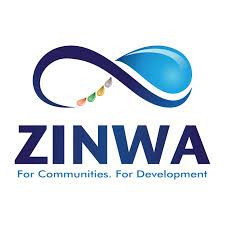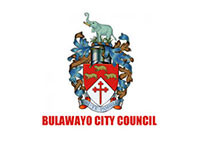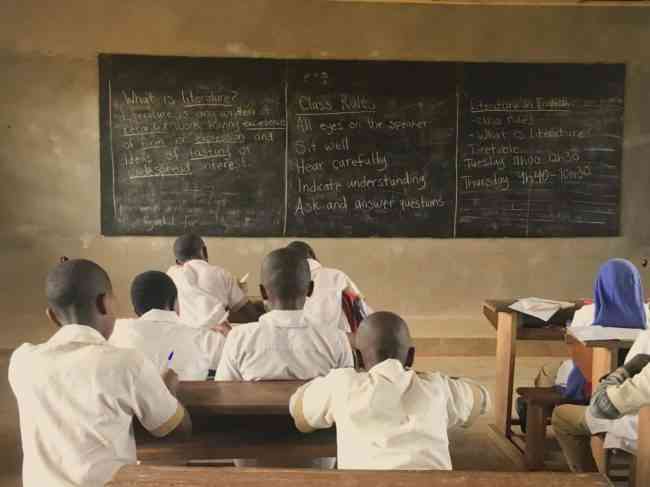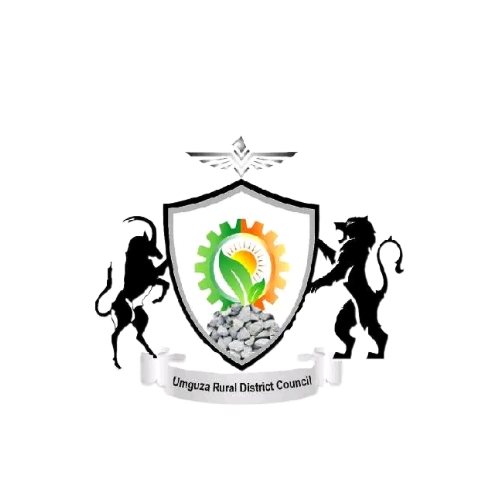
BULAWAYO supply dams have received less than expected inflows despite heavy rains while other dams in Matabeleland provinces are spilling.
The inflows to dams such as uMzingwane have been heavily affected by artisanal mining which is leaving huge trenches in the catchment area, thereby affecting the flow of water to the dams.
According to Zimbabwe National Water Authority (Zinwa), as of January 29 this year, Mtshabezi stood at 66,8%, Insiza (42,6%), uMzingwane (34,7%), Upper Ncema (33,9%), Lower Ncema (7%) and Inyankuni (9,8%).
In an interview recently, Zinwa spokesperson Majorie Munyonga, however, said inflows to the city’s
supply dams were encouraging.
“Since the start of the rainy season, there have been significant inflows to the dams which by January 13, 2025, had received a cumulative total of 20,3 million cubic metres of water since December 18, 2024,” Munyonga told Southern Eye.
She said the levels seemed low because water was always in use.
“Their levels, however, appear depressed largely due to the fact that unlike irrigation dams, whose water is mainly utilised during the irrigation or winter season, water abstraction for urban supply dams remains constant and significant regardless of the time of the year,” Munyonga said.
- Water shortages hit Gutu-Mpandawana
- Power cuts hit Karoi water supplies
- Fire destroys city flats
- New water policy brings less sharing, more spying
Keep Reading
uMzingwane Dam was recently recommissioned after being decommissioned late last year when water levels fell to 2%.
Bulawayo mayor David Coltart said Upper Ncema had
not been recommissioned, adding that they were waiting for updated figures.
He said Upper Ncema, which was decommissioned last year, was not yet supplying water to Bulawayo.









